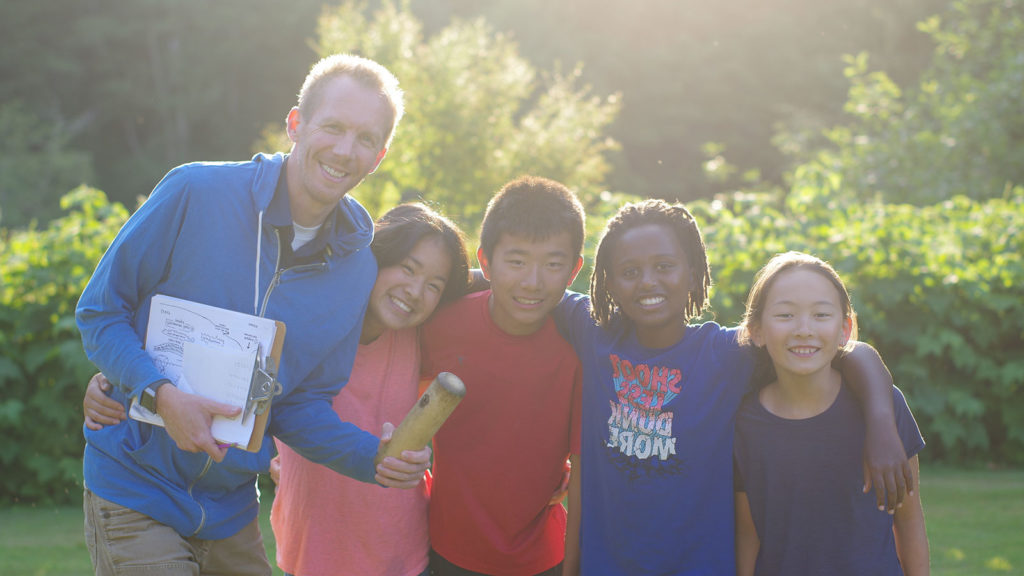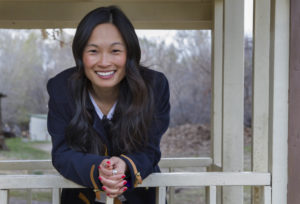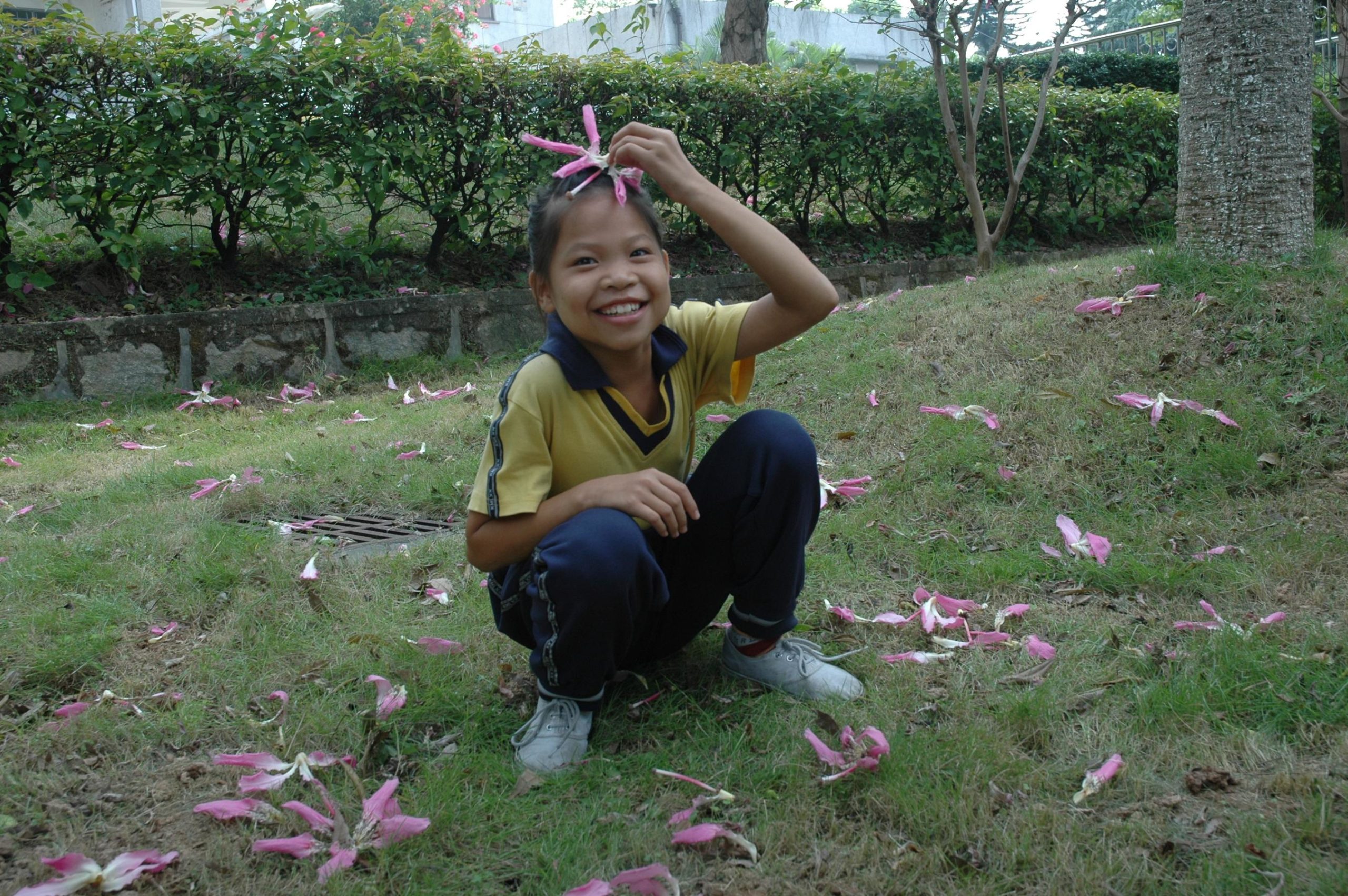When most people think of adoption, they picture children. But adoption is a lifelong experience. And just like everybody else, adoptees grow up too.
In our focus to serve children and families, it’s easy to lose sight of the fact that being adopted doesn’t stop at age 18. Adoptees grow up. They become husbands and wives, doctors, teachers, businessmen and women, parents and grandparents. They work, travel and play. And, sometimes, they have questions they can’t answer without assistance.
Part of my job at Holt is to help adult adoptees discover their background. I speak with and email hundreds and hundreds of adoptees from many different countries now living in the U.S. I provide them with file copies, citizenship assistance, historical and cultural information, and for some, I help determine if a birth search is possible. It’s a part of my job that I enjoy tremendously.
As a child welfare organization, Holt’s primary focus is on helping children and families. This is what we’re known for, and proud of. Over our 60-year history, Holt has placed over 40,000 children into permanent families. But how many of those children are no longer children? Well, Holt’s post-adoption department works with over 2,800 adult adoptees annually, providing over 3,800 services. Adult adoptees make up about 70% of the total services we provide to adoptees, adoptive families and birth families.
Before I came to Holt, I had no idea that adoptees in their 30s and 40s would still need our help and support. I thought, as many do, that adoption services end shortly after a child comes home. But as I mentioned, the majority of the population that I serve are adult adoptees.
So why would an adoptee need Holt’s help? I could probably provide a different example for every day of the 11 years that I’ve been at Holt. Below are just a few of them (I use the names “Jane” and “John” simply for the purpose of telling a story. They are not real people.)
Jane, age 45, moved to another state and needs to have her driver’s license changed. To do so she is asked to provide proof of U.S. citizenship. Jane doesn’t know what she needs to prove this; she was always told that her adoption made her a citizen. Her parents are elderly and she doesn’t know what to do. Holt was able to help her by reviewing her file to look for evidence of her naturalization. We also put her in contact with U.S. Citizenship and Immigration Services to replace the Certificate of Naturalization that was lost years before. Jane was able to obtain a new certificate and obtain her new license.
John, age 38, is planning to marry in Europe, where his fiancé grew up. The overseas government is asking for a number of adoption documents that John and his parents can’t locate in their files. John calls Holt to obtain a copy of his file, believing the documents would be on file. After reviewing his file and the list of requirements, we were able to provide copies of his adoption documents, and explain that some of the documents requested were not part of a typical adoption from Korea during that time period. Using these copies, and our letter explaining the adoption process as it was 30+ years ago, John is able to present his case to the government and obtain the marriage license.
Jane, age 40, has a copy of her adoption documents from her adoptive parents, but she doesn’t understand what most of them mean to her so she calls Holt. After determining which documents she has, we are able explain the purpose of each of the legal forms from her birth country. We discuss how she came into care, the cultural implications of an unwed pregnancy during that era in that country, why certain phrases are used in the intake history or child progress reports. For some adoptees, clarifying a single point on an intake history can change how the adoptee views their history. For Jane, her intake report stated that she was transferred from a particular “police box” to the orphanage. Jane has always believed she was abandoned in a cardboard box on the steps of the police station. In Korea, a “police box” is a smaller satellite office of a large police department, not an actual box. By contacting Holt’s post-adoption services team, Jane was able to gain a better understanding of her past.
You may notice the topic of birth search and reunion isn’t mentioned in these stories. Over the years, I’ve discovered that most people immediately think of birth search as the primary reason for adoptees to contact their agency. In fact, birth search is only around two percent of the total services my team and I provide. Adoptee-specific background information and/or file copies comprise 25-30 percent of the total, with another 10 percent of services for citizenship issues.
Adoptees grow up. Some need our help. Some don’t. For those who do, Holt is here.
Deb Hanson | Former Holt team member

Holt Post Adoption Services
Holt offers lifelong support to all adoptees, adoptive families, birth parents, caregivers and others whose lives have been touched by adoption.


